Development of lightweight and flexible thin films for electromagnetic interference (EMI) shielding is of great significance. In this paper, RGO@SiC porous thin films were prepared for EMI shielding. The porous structure was easily obtained by 3 s of solid phase microwave irradiation, which resulted in an efficient reduction of GO and a significant increase of the film thickness from around 20 to 200 μm. The SET of the RGO@SiC porous thin film reached 35.6 dB, while the SER was only 2.8 dB. The addition of SiC whiskers was critical for the multi-reflection, interfacial polarization and dielectric attenuation of EM waves. Further, the multilayer composites with a gradient change from transmission to reflection were constructed by stacking the RGO@SiC porous films and using multi-walled carbon nanotubes buckypaper as the reflection layer. The highest SET reached 75.1 dB with a SER value of 2.7 dB and a thickness of about 1.5 mm. We believe the porous RGO@SiC thin films were promising for designing multilayer or sandwich structure as EMI absorption packaging or lining materials.
随着新能源汽车迅速发展,动力锂离子电池应用越来越广泛,大量锂电池也迎来退役高峰期,废旧锂电池的回收综合利用引起各国高度关注。废旧锂电池石墨负极层状结构基本未变化,因此回收时不需高温石墨化,只需关注其内部杂质的去除。本文将废旧石墨负极热处理、超声分离和酸浸处理后,创新性地采用电化学处理将内部金属杂质深度去除。对比不同回收阶段的石墨,发现石墨中有机杂质的存在会严重影响各项电化学性能,微量Cu、Fe等无机杂质的存在对初始放电比容量影响不大,但会降低石墨的循环稳定性。最终回收的石墨内部主要金属杂质含量低于20 mg/kg,在0.1 C倍率下放电比容量达到358.7 mAh/g,循环150圈后容量保持率为95.85%。对比已报道的废旧石墨回收方法,此方法可深度去除石墨负极内部杂质,解决了目前酸碱用量大、除杂不彻底、能耗高等问题,回收再生石墨负极电化学性能较好,为废旧锂电池石墨负极提供了一条新的回收再生路径。
Metal chloride-intercalated graphite with excellent conductivity and large interlayer spacing is highly desired for applications in sodium ion batteries. However, halogen vapor is usually indispensable in initiating the intercalation process, which makes equipment design and experiments challenging. In this work, SO2Cl2 was innovatively used as chlorine generator to intensify the intercalation process of BiCl3 into graphite (BiCl3-GICs), which avoided potential risks such as Cl2 leakage in traditional methods. Additionally, the operational efficiency in experiment is effectively improved. After reacting SO2Cl2, BiCl3, and graphite at 200 °C for 20 h, the as-synthesized BiCl3-GICs delivered a large interlayer spacing (1.26 nm) and a high amount of BiCl3 intercalation (42%), which endows SIBs with high specific capacity of 213 mAh g−1 at 1 A g−1 and fantastic rate performance (170 mAh g−1 at 5 A g−1). Moreover, the in-situ Raman spectra revealed that electronic interaction between graphite and intercalated BiCl3 is weakened during the first discharge, which is favorable for the sodium storage. This work broadly enables the intercalation intensification process of other metal chloride-intercalated graphite, offering possibilities for developing advanced energy storage devices.
电容去离子技术近年来被认为是一种新兴的海水淡化技术,尤其在苦咸水范围内具有经济节能的特点。然而,目前关于除氯电极的研究较少,同时缓慢的除盐动力学也制约了除氯电极的发展。本工作通过在表面酸处理后的柔性炭布上原位生长NiCoAl-LDHs纳米片阵列并进行等离子体处理,制备了具有扩大层间距的Ar-NiCoAl-LDHs@ACC材料。炭布基底抑制了NiCoAl-LDHs纳米片的团聚并提高了电导率,等离子体处理则使得NiCoAl-LDHs层间距进一步扩大并改善了亲水性,提供了快速的氯离子扩散通道,并释放了更多的层间活性位点,实现了高除盐动力学。将Ar-NiCoAl-LDHs@ACC作为除氯电极与活性碳组装了混合式电容去离子器件。在1000 mg L−1NaCl溶液及1.2 V工作电压下,除盐容量可达到93.26 mg g−1,除盐速率可达到0.27 mg g−1 s−1,电荷效率高达0.97。在300 mg L−1NaCl溶液及0.8 V工作电压下,经过100次循环后容量保持率仍在85%以上。本工作的制备策略为大层间距二维金属氢氧化物材料的可控制备和高性能电化学除氯电极的设计构建提供了新思路。
Exploring cost-efficient and high-efficient noble metal-free catalysts for oxygen reduction reactions (ORRs) involved in sustainable energy devices still remains a great challenge. Transition-metal phosphides supported on heteroatom-doped carbons have presented a potential as alternative candidates of precious metals due to their tunable electronic structures and boosted catalytic performance. Herein, phosphating was adopted to construct CoP nanoparticles (NPs) anchored on a nitrogen-doped porous carbon framework (CoP@NC) from Co NPs loaded on NC using PH3 gas released from NaH2PO2 during heat treatment. The dodecahedral structure of Co NPs is retained in their transformation to CoP NPs. The CoP@NC electrocatalyst shows remarkable ORR activity with a half-wave potential up to 0.92 V under alkaline conditions, which is attributed to the synergistic coupling between the well dispersed CoP nanoparticles on the nitrogen-doped carbon support and the efficient mass transport in the porous structure. Zinc-air batteries assembled with the CoP@NC electrocatalyst as an cathode displays a high open-circuit voltage of 1.51 V and power density of 210.1 mW cm−2. This work provides a novel strategy to develop low-cost catalysts with excellent ORR performance to promote their practical application in metal-air batteries.
In recent years, zinc-ion hybrid capacitors (ZIHCs) have attracted increasing attention due to their environmental friendliness and excellent electrochemical properties. However, the performance of ZIHCs is mainly limited by the electrochemical performance of the cathode, so it is necessary to develop an advanced cathode material. In this work, the N, B co-doped sodium alginate-based porous carbon (NBSPC) is prepared by one-step co-carbonization using sodium alginate as matrix and NH4B5O8 as N and B sources. This N, B co-doping strategy can make the pore structure of porous carbon materials more reasonable and increase surface functional groups, greatly improving the capacitive behavior of the raw materials and thus improving their electrochemical performance. When used as the cathode in ZIHCs, NBSPC shows excellent rate performance (85.4 mA h g−1 even at ultra-high current density of 40 A g−1) and cycling stability (15000 cycles at 20 A g−1 with a capacity retention rate of 94.5%).
Graphene is widely used in photodetection due to its high carrier mobility and wide spectral absorption range. However, the high dark current due to its low light absorption severely limits the performance of photodetection. Molybdenum dihalide (MoX2, X= S, Se and Te) has a high absorption coefficient, which can compensate high dark current in graphene-based photodetectors and result in outstanding photoelectronic properties in graphene/MoX2 van der Waals heterostructure (vdWH) photodetectors. In this review, we firstly review working principles, performance indicators, and structures of photodetectors. After that, the significance of graphene/MoX2 vdWH photodetectors are highlighted from the material fundamental perspective. Preparation methodologies and performance enhancement strategies of graphene/MoX2 vdWH photodetectors are correspondingly summarized. In the end, we highlight the current challenges and future directions of the graphene/MoX2 vdWH photodetectors. This review will guide the design of high-performance vdWH photodetectors.
Polyether ether ketone (PEEK) has favorable mechanical properties. However, its high melt viscosity limits its applications because it is hard to process. In this study, PEEK nanocomposites modified with carbon nanotubes (CNTs) and polyether imide (PEI) were prepared using a direct wet powder blending method. The melt viscosity of the nanocomposites decreased by approximately 50%. Under optimal conditions, the addition of CNTs and PEI resulted in a synergistic increase in the toughness of the nanocomposites. The elongation at break increased by 129%, and the fracture energy increased by 97%. The uniformly dispersed CNTs/PEI powder reduces the processing difficulty of PEEK nanocomposites without affecting the heat resistance. The nanocomposites prepared by this method have lower melt viscosity. This improvement of the properties of PEEK would facilitate its use in the preparation of thermoplastic composites by powder impregnation or laser sintering technology.
石墨炔(Graphdiyen,GDY)作为一种全新的碳材料,其具有特殊的碳杂化排列方式、独特的化学和电子结构以及无限分布的天然孔隙等优点,在电化学储能领域具有良好的应用前景。新兴的水系离子电池具有低成本和高安全性等优点,然而,高性能电极材料的开发、新型隔膜体系的设计以及稳定界面的策略等仍是水系离子电池面临的主要挑战。石墨炔具有独特的多孔结构和优异的电化学性能,在负极保护、正极包覆、隔膜设计以及稳定界面pH值等方面,可以改善离子传输与界面沉积行为、电解液不稳定等问题。特别是石墨炔自下而上的分子结构设计策略使其具有易修饰、掺杂的特点,改性的石墨炔类似物具有更加优异的性能,拓宽了其在水系离子电池中的应用。本文系统总结了石墨炔的结构与性质以及合成方法,并特别对石墨炔在水系离子电池中的研究进行了总结。此外,还对石墨炔在水系离子电池中的研究仍存在的问题与挑战进行了综合评价,对未来石墨炔在水系离子电池中的发展进行了展望。
Silicon anodes as a promising candidate for lithium-ion batteries. However, their significant volume expansion leads to severe material fracture and electrical disconnection, which limits their practical application. This study proposed a new top-down strategy for microsized porous silicon and introducing polyacrylonitrile (PAN) as nitrogen-doped carbon coating, which designed to maintain the internal space and alleviate the outward expansion of the silicon anode during the lithiation and delithiation process. Subsequently, we explored the effect of temperature on the thermal transition behavior of PAN and the electrochemical behavior of the composite electrode. After the treatment at 400 °C, the PAN coating retained a high nitrogen doping content of 11.35 wt%, which explicitly confirmed the existence of C-N and C-O bonds that improved the ionic-electronic transport properties. This treatment not only retained a more intact carbon layer structure, but also introduced carbon defects, exhibiting remarkably stable cycling even at high rates. When cycled at 4 A g−1, the optimized anode exhibited a specific capacity of 857.6 mAh g−1 even after 200 cycles, demonstrating great potential for high-capacity energy storage applications.
Nitrogen doping has been widely used to enhance the performance of carbon electrodes in supercapacitors, particularly in terms of high-frequency response. However, the charge storage and ion response mechanisms of different nitrogen species at high frequencies is still unclear. In this study, we employ carbonized melamine foam with open surface structure as a simplified model material, enabling a comprehensive analysis of their impact on the ionic response behavior of high-frequency supercapacitors. Through a combination of experiments and first-principles calculations, we uncover that pyrrolic nitrogen, characterized by a higher adsorption energy, enhances the charge storage capacity of the electrode at high frequencies. On the other hand, graphitic nitrogen, with a lower adsorption energy, promotes rapid ion response. Furthermore, we propose the use of adsorption energy as a practical descriptor for electrode/electrolyte design in high-frequency applications, offering a more universal approach for optimizing the performance of N-doped carbon materials. This research contributes to the advancement of high-frequency supercapacitor technology and provides guidance for the development of improved N-doped carbon materials.
The development of advanced aircrafts relies on high performance thermal-structural materials and composites of carbon/carbon (C/C) with ultrahigh-temperature ceramics are ideal candidates. However, traditional routes of compositing are either inefficient and expensive or lead to non-uniform distribution of ceramics in the matrix. Here, vacuum filtration of ZrB2 was successfully applied to introduce ZrB2-ZrC-SiC into C/C as a supplement for reactive melt infiltration ZrSi2, which contributed to the content increase and uniform distribution of the introduced ceramic phases. The mass and linear ablation rates of the composites were reduced by 68.9% and 29.7%, respectively, compared to those of C/C-ZrC-SiC composites prepared through reactive melt infiltration. The ablation performance was improved because of the volatilization of B2O3, taking a part of the heat away, and more uniformly distributed ZrO2 that could promote the formation of ZrO2-SiO2 continuous protective layer. This efficiently resisted the mechanical denudation and hindered the oxygen infiltration.
It is meaningful to find a toughener with a low dosage and effective improvement of interlaminar toughness in carbon fiber composites. In this paper, the toughening effect of phenolphthalein-based poly (ether sulfone) (PES-C) on E51/ DETDA epoxy and its carbon fiber composites (CFCs) was investigated. The SEM results showed that PES-C/epoxy blends formed sea-island phase and bicontinuous phase structure, which were associated with reaction-induced phase separation. After adding 15 phr PES-C, the glass transition temperature (Tg) of blends was increased by 51.5 °C. Meanwhile, the flexural strength, impact strength and fracture toughness of the blends were improved by 41.1%, 186.2% and 42.7%, respectively. These improvements could be attributed to the phase separation structure of the PES-C/epoxy system. Moreover, PES-C film was used to improve the mode-II fracture toughness (GIIC) of CFCs. GIIC value of the 7 μm PES-C film toughened laminate was improved by 80.3% than that of control laminate. The increase in GIIC could be attributed to cohesive failure and plastic deformation in the interleaving region.
Interfacial adhesion between carbon fiber (CF) and polyetherketoneketone (PEKK) is a key factor that affects the mechanical performances of their composites. Therefore, it is of great importance to impregnate PEKK into CF bundles as efficiently as possible. Here we report that owing to the high dissolubility, PEKK can be introduced onto CF surfaces via a wet strategy. The excellent wettability of PEKK guarantees a full covering and tight binding on CFs, making it possible to evaluate the interfacial shear strength (IFSS) with the microdroplet method. Furthermore, the interior of CF bundles can be completely and uniformly filled with PEKK by the solution impregnation, leading to a high interlaminar shear strength (ILSS). The maximum IFSS and ILSS can reach 107.8 and 99.3 MPa, respectively. Such superior shear properties are ascribed to the formation of amorphous PEKK confined in the limited spacing between CFs.
Graphdiyne (GDY), a new two-dimensional (2D) carbon molecule, is expected to have applications in the removal of contaminants from aqueous media. It has superior conjugation, unusual and varied electronic properties, and exceptional chemical and thermal stability because of its framework of sp and sp2 hybridized carbon bonds that are combined to produce benzene rings and diacetylenic bonds in a two-dimensional symmetrical network. Its molecular chemistry is the result of it having carbon-carbon triple bonds, with a regular distribution of triangular pores in its structure, which provide reaction sites and various reaction pathways. GDY is an adsorbent with an excellent efficiency for the removal of oil, organic pollutants, dyes, and metals from contaminated water, but there is limited evidence of it being used as an adsorbent in the literature. This review discusses its synthesis and its use as an adsorbent together with its prospects for pollutant removal.
Lithium-sulfur (Li-S) batteries are among the most promising next-generation electrochemical energy-storage systems due to their exceptional theoretical specific capacity, inexpensive production cost and environmental friendliness. However, the poor conductivity of S and Li2S, severe lithium polysulfide (LiPS) shuttling and the sluggish redox kinetics of the phase transformation greatly hinder their commercialization. Carbonaceous materials could be potentially useful in Li-S batteries to tackle these problems with their high specific surface area to host LiPSs and sulfur and excellent electrical conductivity to increase electron transfer rate. However, non-polar carbon materials are unable to interact closely with the highly polar polysulfides, resulting in a low sulfur utilization and a serious shuttle effect. Because of their advantages of strong polarity and a large number of adsorption sites, integrating transition metal oxides (TMOs) with carbon-based materials (CMs) increases the chemical adsorption of LiPSs and electrochemical reaction activity for LiPSs. The working principles and main challenges of Li-S batteries are discussed followed by a review of recent research on the ex-situ and in-situ synthesis of TMO/CM composites. The formation of TMO/CMs with the dimensionalities of CMs from 1D to 3D are then reviewed together with ways of changing their structure, including heterostructure design, vacancy engineering and facet manipulation. Finally, the outlook for using TMO/CMs in Li-S batteries is considered.
通信技术在为人类的生活带来便利的同时,其产生的电磁辐射对社会安全、人体健康产生的危害也受到了社会各界的广泛关注,宽屏蔽范围、高吸收效率和高稳定性的电磁屏蔽材料逐渐成为研究热点。石墨烯是一种导电性高、比表面积大且可调控性高的轻质材料,可有效实现电磁衰减,保护精密电子设备和人体健康,在电磁屏蔽领域具有广阔的应用前景。本综述从电磁屏蔽的基本原理与石墨烯基材料的结构特性角度,阐述了石墨烯及其衍生物的电磁屏蔽特点,总结了结构调控以及表面异质化、复合化策略在电磁屏蔽领域的应用。结构调控有利于提高石墨烯基材料对电磁波的吸收损耗和多重反射损耗;表面异质化和复合化策略有利于提高石墨烯基材料的界面极化和磁特性,从而加强对电磁波的吸收损耗和磁损耗。总结了石墨烯基电磁屏蔽材料的改性方法,旨在为开发新一代绿色、轻薄、高屏蔽带宽的电磁屏蔽材料提供启发,指明石墨烯基电磁屏蔽材料的未来发展方向。
光热驱动的海水淡化技术被认为是最具潜力的解决全球淡水资源短缺难题的方法之一。其中,太阳能界面水蒸发(SVG)是海水淡化效率的核心过程,是保证光热海水淡化技术具有能量转换效率高、设备简单、成本效益高的关键。在所有高效SVG候选材料中,三维整体式碳基光热转换材料具有成本低、吸光效率高、结构可调性好、水蒸发速率高、无二次污染等优点。本综述首先简述了SVG 的基本原理,以此为依据介绍了高效 SVG 材料的工作机制和设计原则,最后系统归纳和概述了4种不同类型的三维整体式碳基光热转换材料的研究进展。本综述为未来三维整体式碳基光热转换材料的构建及其在SVG领域的应用研究提供理论基础和研究指导。
Electrocatalytic oxygen reduction by a 2e− pathway enables the instantaneous synthesis of H2O2, a process that is far superior to the conventional anthraquinone process. In recent years, the electrocatalytic synthesis of H2O2 using carbon electrodes has attracted more and more attention because of its excellent catalytic performance and superior stability. The relationship between material modification, wettability and the rate of H2O2 synthesis and service life is considered together with the three-phase interface. The structure of the carbon electrodes and the principles of electrocatalytic H2O2 synthesis are first introduced, and four major catalysts are reviewed, namely, monolithic carbon materials, metal-free catalysts, noble metal catalysts and non-precious metal catalysts. The effects of the metal anode and the electrolyte on the three-phase interface are described. The relationship between carbon electrode wettability and the three-phase interface is described, pointing out that modification focusing on improving the selectivity of the 2e− pathway can also impact electrode wettability. In addition, the relationship between the design of the components in the electrochemical system and their effect on the efficiency of H2O2 synthesis is discussed for carbon electrodes. Finally, we present our analysis of the current problems in the electrocatalytic synthesis of H2O2 for carbon electrodes and future research directions.
Graphene and its derivatives are often preferentially oriented horizontally during processing because of their two-dimensional (2D) layer structure. As a result, thermal interface materials (TIMs) composed of a polymer matrix and graphene-derived fillers often have a high in-plane (IP) thermal conductivity (K), however, the low through-plane (TP) K makes them unsuitable for practical use. We report the development of high-quality polyimide/graphite nanosheets (PG) perpendicular to the plane using a directional freezing technique that increase the TP K of polymer-based composites. Graphene-derived nanosheets (GNs) were obtained by the crushing of scraps of highly thermally conductive graphene films. A water-soluble polyamic acid salt solution was used to disperse the hydrophobic GNs filler to achieve directional freezing. The polyimide, which facilitated the directional alignment of the GNs, was then graphitized. The introduction of the GNs increases the order and density of the PG, thus improving the strength and heat transfer performance of its polydimethylsiloxane (PDMS) composite. The obtained PG/PDMS composite (21.1% PG, mass fraction) has an impressive TP K of14.56 W·m−1·K−1, 81 times that of pure PDMS. This simple polyimide-assisted 2D hydrophobic fillers alignment method provides ideas for the widespread fabrication of anisotropic TIMs and enables the reuse of scraps of graphene films.
Micro-supercapacitors (MSCs) are of interest because of their high power density and excellent cycling performance, offering a broad array of potential applications. However, preparing electrodes for the MSCs with an extremely high areal capacitance and energy density remains a challenge. We constructed MSC electrodes with an ultra-high area capacitance and a high energy density, using reduced graphene oxide aerogel (GA) and MoS2 as the active materials, combined with 3D printing and surface modification. Using 3D printing, we obtained electrodes with a stable macrostructure and a GA-crosslinked micropore structure. We also used a solution method to load the surface of the printed electrode with molybdenum disulfide nanosheets, further improving the electrochemical performance. The surface capacitance of the electrode reached 3.99 F cm−2, the power density was 194 W cm−2, and the energy density was 1997 mWh cm−2, confirming its excellent electrochemical performance and cycling stability. This work provides a simple and efficient method for preparing MSC electrodes with a high areal capacitance and energy density, making them ideal for portable electronic devices.
Hard carbon, known for its abundant resources, stable structure and high safety, has emerged as the most popular anode material for sodium-ion batteries (SIBs). Among various sources, coal-derived hard carbon has attracted extensive attention. In this work, N and S co-doped coal-based carbon material (NSPC1200) was synthesized through a combination of two-step carbonization process and heteroatom doping using long-flame coal as a carbon source, thiourea as a nitrogen and sulfur source, and NaCl as a template. The two-step carbonization process played a crucial role in adjusting the structure of carbon microcrystals and expanding the interlayer spacing. The N and S co-doping regulated the electronic structure of carbon materials, endowing more active sites. Additionally, the introduction of NaCl as a template contributed to the construction of pore structure, which facilitates better contact between electrodes and electrolytes, enabling more efficient transport of Na+ and electrons. Under the synergistic effect, NSPC1200 exhibited exceptional sodium storage capacity, reaching 314.2 mAh g−1 at 20 mA g−1. Furthermore, NSPC1200 demonstrated commendable cycling stability, maintaining a capacity of 224.4 mAh g−1 even after 200 cycles. This work successfully achieves the strategic tuning of the microstructure of coal-based carbon materials, ultimately obtaining hard carbon anode with excellent electrochemical performance.
It is imperative to design suitable anode materials for both lithium-ion (LIBs) and sodium-ion batteries (SIBs) with a high-rate performance and ultralong cycling life. We fabricated a MoO2/MoS2 heterostructure that was then homogeneously distributed in N,S-doped carbon nanofibers (MoO2/MoS2@NSC) by electrospinning and sulfurization. The one-dimensional carbon fiber skeleton serves as a conductive frame to decrease the diffusion pathway of Li+/Na+, while the N/S doping creates abundant active sites and significantly improves the ion diffusion kinetics. Moreover, the deposition of MoS2 nanosheets on the MoO2 bulk phase produces an interface that enables fast Li+/Na+ transport, which is crucial for achieving high efficiency energy storage. Consequently, as the anode for LIBs, MoO2/MoS2@NSC gives an excellent cycling stability of 640 mAh g−1 for 2000 cycles under 5.0 A g−1 with an ultralow average capacity drop of 0.002% per cycle and an exceptional rate capability of 614 mAh g−1 at 10.0 A g−1. In SIBs, it also produces a significantly better electrochemical performance (reversible capacity of 242 mAh g−1 under 2.0 A g−1 for 2000 cycles and 261 mAh g−1 under 5.0 A g−1). This work shows how introducing a novel interface in the anode can produce rapid Li+/Na+ storage kinetics and a long cycling performance.
Efficient electrocatalysts with a low cost, high activity and good durability play a crucial role in the use of direct formic acid fuel cells. Pd nanoparticles supported on N-doped hollow carbon nanospheres (NHCNs) embedded in an assembly of N-doped graphene (NG) with a three-dimensional (3D) porous structure by a simple and economical method were investigated as direct formic acid fuel cell catalysts. Because of the unique porous configuration of interconnected layers doped with nitrogen atoms, the Pd/NHCN@NG catalyst with Pd nanoparticles has a large catalytic active surface area, superior electrocatalytic activity, a high steady-state current density, and a strong resistance to CO poisoning, far surpassing those of conventional Pd/C, Pd/NG, and Pd/NHCN catalysts for formic acid electrooxidation. When the HCN/GO mass ratio was 1∶1, the Pd/NHCN@NG catalyst had an outstanding performance in the catalytic oxidation of formic acid, with an activity 4.21 times that of Pd/C. This work indicates a way to produce superior carbon-based support materials for electrocatalysts, which will be beneficial for the development of fuel cells.
Mesophase-pitch-based carbon fibers (MPCFs) were prepared using industrial equipment with a constant extrusion rate of pitch while controlling the spinning temperature. The influence of spinning temperature on their microstructures, mechanical properties and thermal conductivities was investigated. SEM images of the fractured surface of MPCFs show that the graphite layers have a radiating structure at all spinning temperatures, but change from the fine-and-folded to the large-and-flat morphology when increasing the spinning temperature from 309 to 320 oC . At the same time the thermal conductivity and tensile strength of the MPCFs respectively increase from 704 W·m−1·K−1 and 2.16 GPa at 309 oC to 1 078 W·m−1·K−1 and 3.23 GPa at 320 oC. The lower viscosity and the weaker die-swell effect of mesophase pitch at the outlets of the spinnerets at the higher spinning temperature contribute to the improved orientation of mesophase pitch molecules in the pitch fibers, which improves the crystallite size and orientation of the MPCFs.
锂硫电池因其高能量密度和低成本而成为最有发展前景的电化学储能器件之一。然而,多硫化物的“穿梭效应”、硫导电率低是锂硫电池商业化面临的主要挑战。本工作中,以Fe(NO)3·9H2O为铁源,NH4F为表面活性剂,通过简单的水热及煅烧处理制备了Fe2O3纳米棒修饰炭布(CC)的柔性Fe2O3/CC复合材料。其中,Fe2O3中介孔的存在有利于电解质的渗透和充放电过程中锂离子的传输和扩散,同时其密集阵列暴露出的丰富活性位点可以实现多硫化物的高效吸附和快速转化,降低多硫化物的穿梭效应。电化学分析显示:Fe2O3/CC正极在0.1 C(1 C=1672 mA g−1)的电流密度下具有1250 mAh g−1的高放电比容量,经100圈循环后比容量保持在789 mAh g−1。在2 C的倍率下循环1000圈后仍能达到576 mAh g−1的放电比容量,容量保持率为70%,明显优于对比样品。因此,Fe2O3/CC能够很好地抑制多硫化物的穿梭,提高电池倍率性能和循环稳定性。
The oxidation reaction mechanism and its kinetics for ethylene tar were investigated in order to obtain a suitable anode material for Li-ion batteries. The oxidation of ethylene tar was divided into 3 stages (350–550, 550–700 and 700–900 K) according to the thermogravimetric curve. To reveal the oxidation reaction mechanism, the components of the gases evolved at different stages were analyzed by mass spectrometry and infrared technology. Based on these results the reaction was divided into 4 stages (323–400, 400–605, 605–750 and 750–860 K) to perform simulation calculations of the kinetics. Using the iso-conversion method (Coats-Redfern) to analyze the linear regression rates (R2) between 17 common reaction kinetics models and experimental data, an optimum reaction kinetics model for expressing the oxidation of ethylene tar was determined and the results were as follows. (1) During oxidation, the side chains of aromatic compounds first react with oxygen to form alcohols and aldehydes, leaving peroxy-radicals on aromatic rings. Subsequently, the aromatic compounds with peroxy-radicals undergo polymerization/condensation reactions to form larger molecules. (2) A fourth-order reaction model was used to describe the first 3 stages in the oxidation process, and the activation energies are 47.33, 18.69 and 9.00 kJ·mol−1 at 323–400, 400–605, 605–750 K, respectively. A three-dimensional diffusion model was applied to the fourth stage of the oxidation process, and the activation energy is 88.37 kJ·mol−1 at 750–860 K. A high softening point pitch was also produced for use as a coating of the graphite anode, and after it had been applied the capacity retention after 300 cycles increased from 51.54% to 79.07%.
-
【NCM封面文章】太原理工大学王永祯/张妍兰团队:具有异质界面的三维多孔NiCo2(CO3)3/石墨烯气凝胶用于高效微波吸收2023年第6期
-
【NCM封面文章】辽宁科技大学安百钢教授:过渡金属催化乙炔低温热解助力三维有序微孔炭的宏量制备2023年第5期
-
【NCM封面文章】中国石油大学(华东)智林杰教授团队综述:用于高性能金属锂电池的碳质材料维度化设计2023年第4期
-
【NCM封面文章】东北大学骆文彬教授:双金属硫化物异质结助力高效钠离子储存2023年第3期
-
[NCM封面文章]大连理工大学赵宗彬/北京化工大学邱介山:生物质碳点电化学法制备及其储钠性能2023年第2期
-
[NCM封面文章]天津大学封伟教授:我国氟化碳材料的基础研究现状及发展趋势2023年第1期
-
[NCM封面文章]中国科学院山西煤炭化学研究所侯相林团队:炭纤维增强环氧树脂复合材料的化学回收与再利用研究进展2022年第6期
-
【NCM】秦洁琼博士/吴忠帅研究员 : 二维介孔氮掺杂炭/石墨烯纳米片的可控合成及其高性能微型超级电容器2022年第5期
-
[NCM封面文章]安徽工业大学何孝军教授:高性能超级电容器用N/S共掺杂多孔炭纳米片电极材料2022年第4期
-
[NCM封面文章] 太原理工大学刘旭光团队:废旧动力锂离子电池全组分回收技术研究进展2022年第3期
-
[NCM封面文章]西北工业大学徐飞/刘兴蕊:原位AFM探索钠离子电池溶剂依赖型石墨界面演绎过程2022年第2期
-
[NCM封面文章]大连理工大学陆安慧/郝广平:金属有机框架复合酚醛树脂基整体式亲水炭应用于空气水捕集2022年第1期
-
[NCM封面文章]中科院山西煤化所陈成猛团队:双层堆叠对石墨烯材料量子电容影响的理论研究2021年第6期
-
[NCM封面文章]清华大学杜鸿达:氧化石墨烯掺杂的电纺聚酰亚胺基石墨纳米纤维的导热性能2021年第5期
-
[NCM封面文章]华东理工大学詹亮团队:二维MoO₂/CNTs隔膜修饰层促进多硫化锂的快速催化转化2021年第4期
-
[NCM封面文章] 太原理工大学郭俊杰教授:炭材料原子尺度低损伤透射电子显微分析2021年第3期
-
[NCM封面文章]华东理工大学凌立成/乔文明:气相沉积法制备新型核壳结构硅碳复合负极材料2021年第2期



 投稿/查稿
投稿/查稿
 专家审稿
专家审稿 主编办公
主编办公
 编辑办公
编辑办公








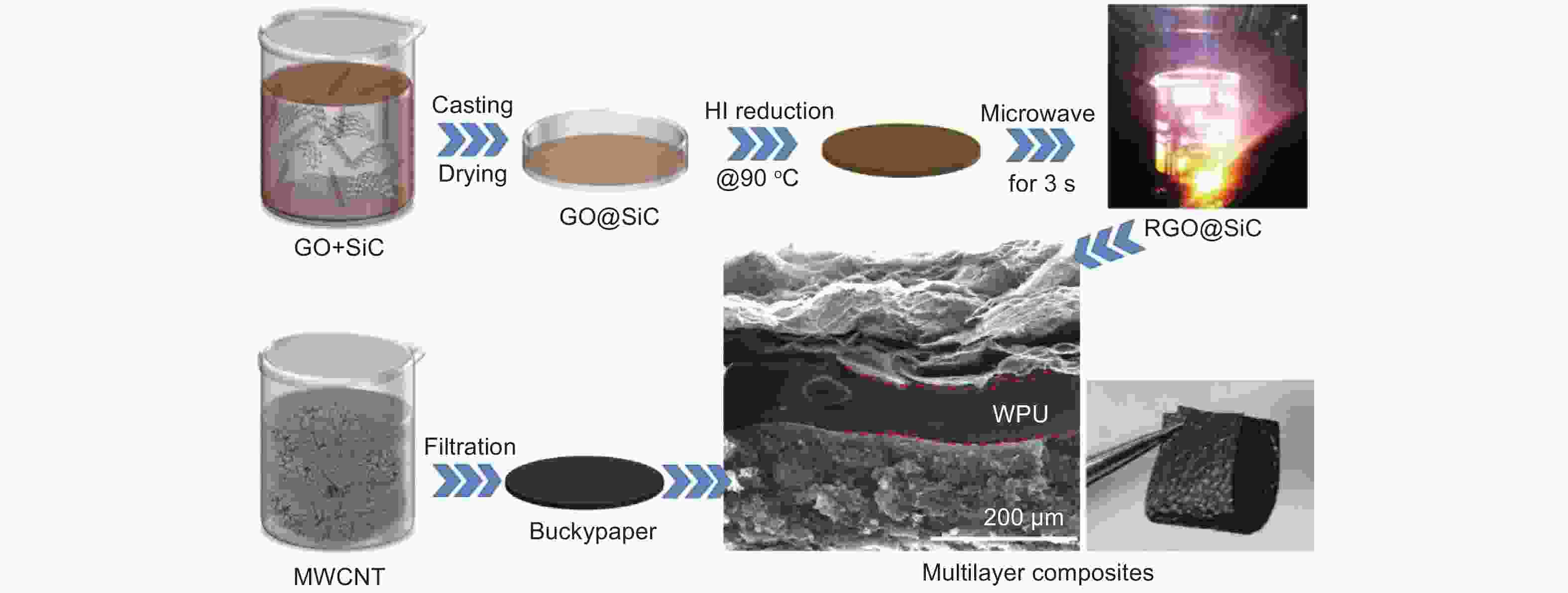
 摘要
摘要 HTML
HTML PDF
PDF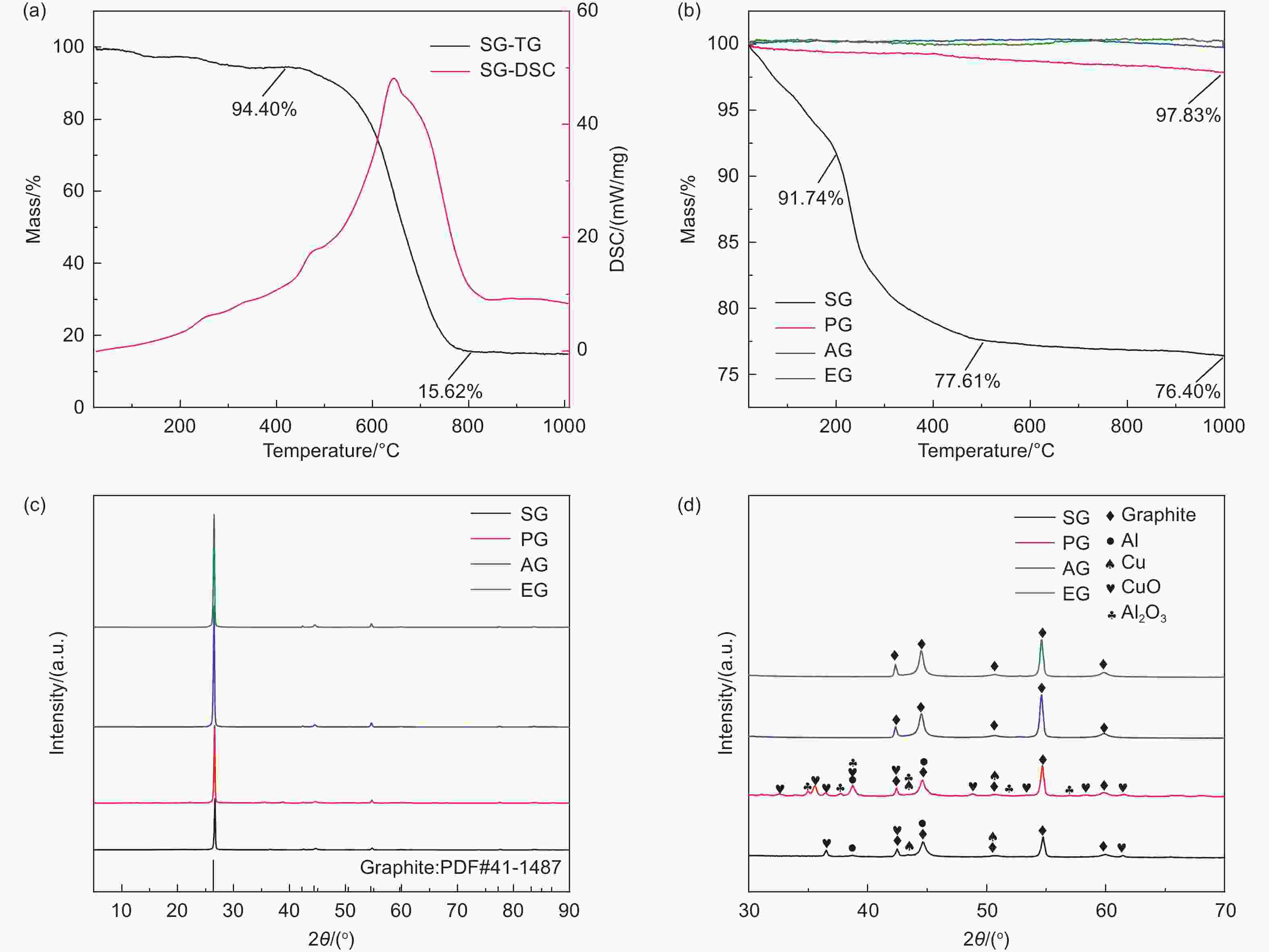
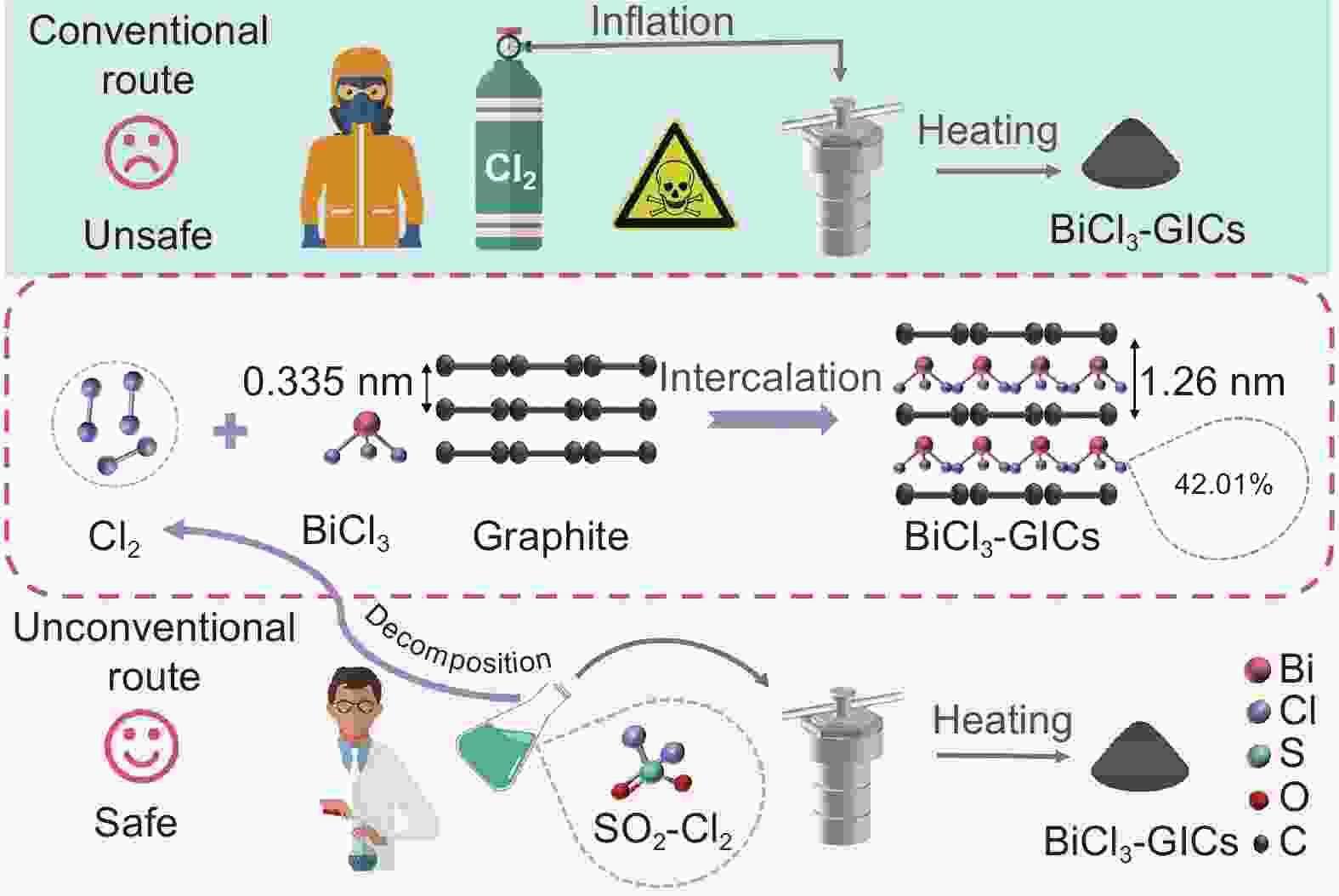

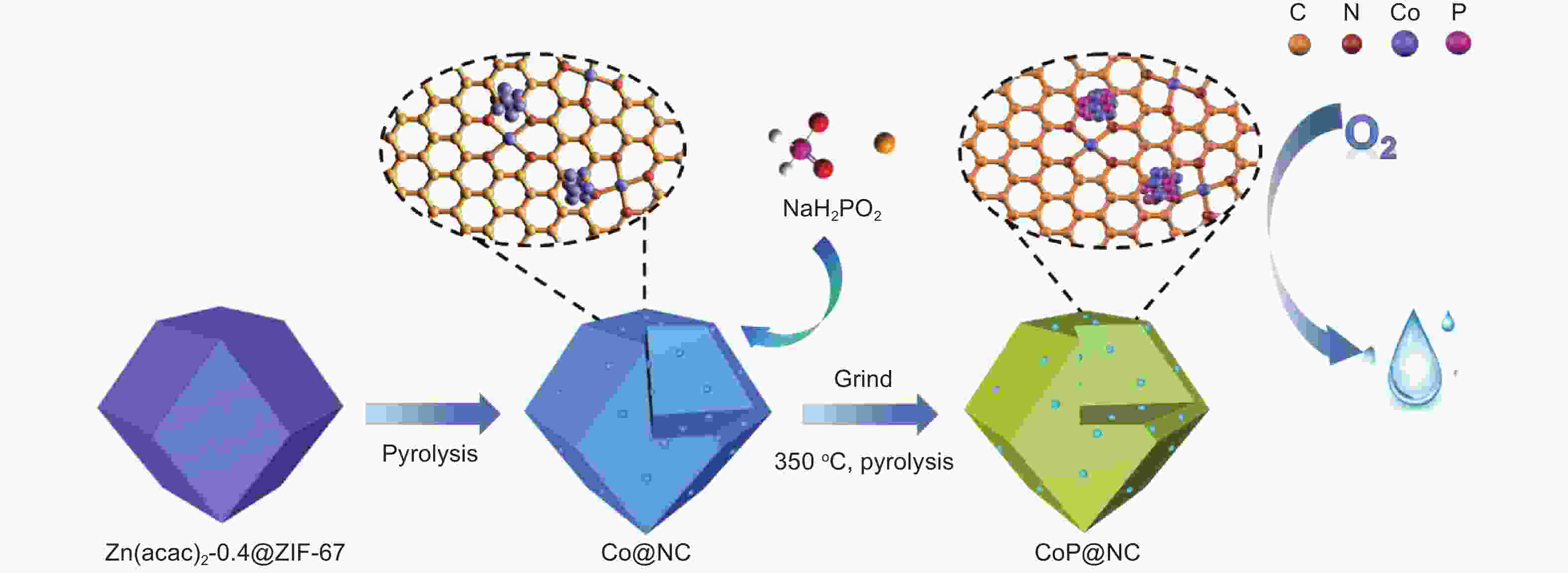




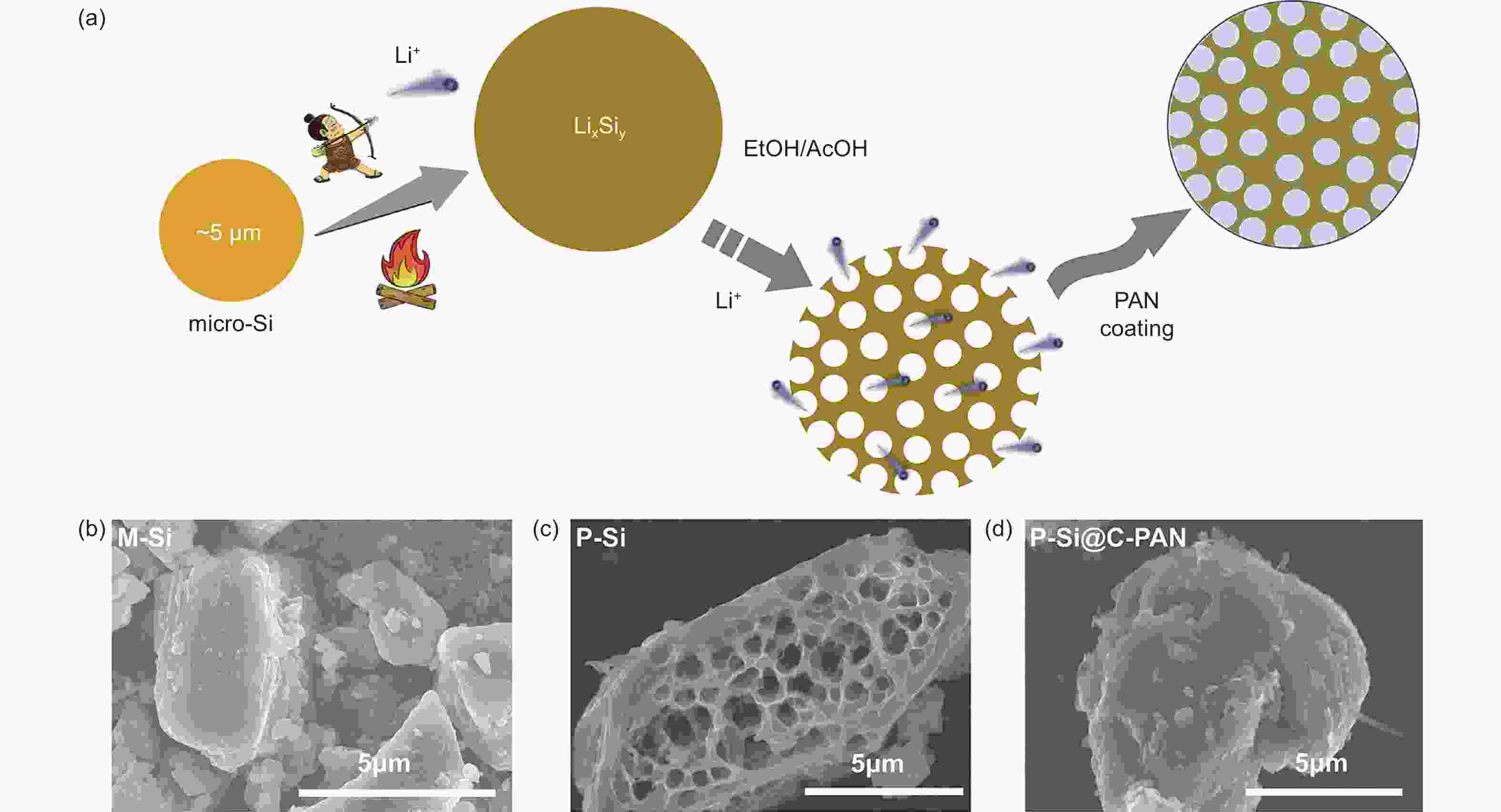
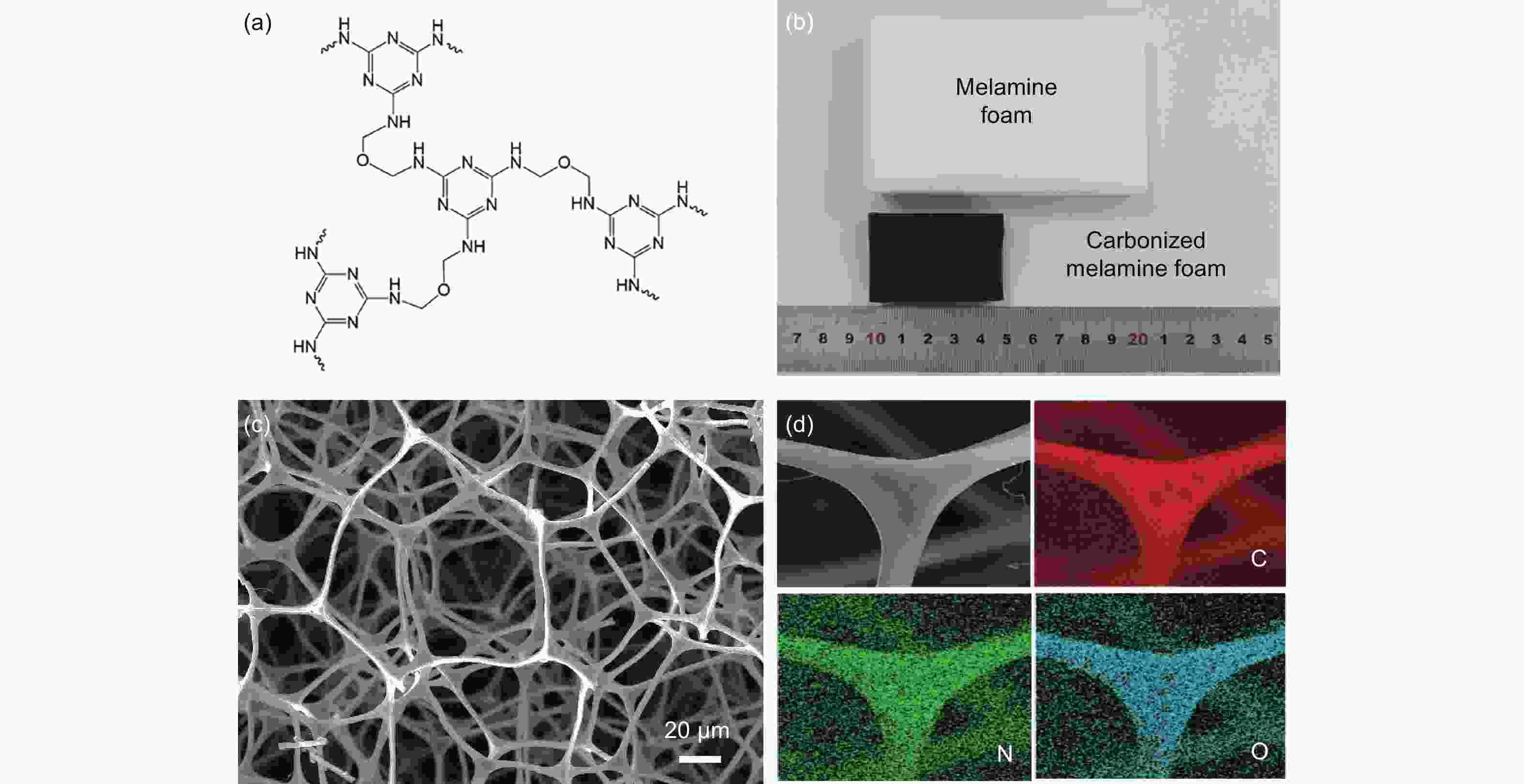
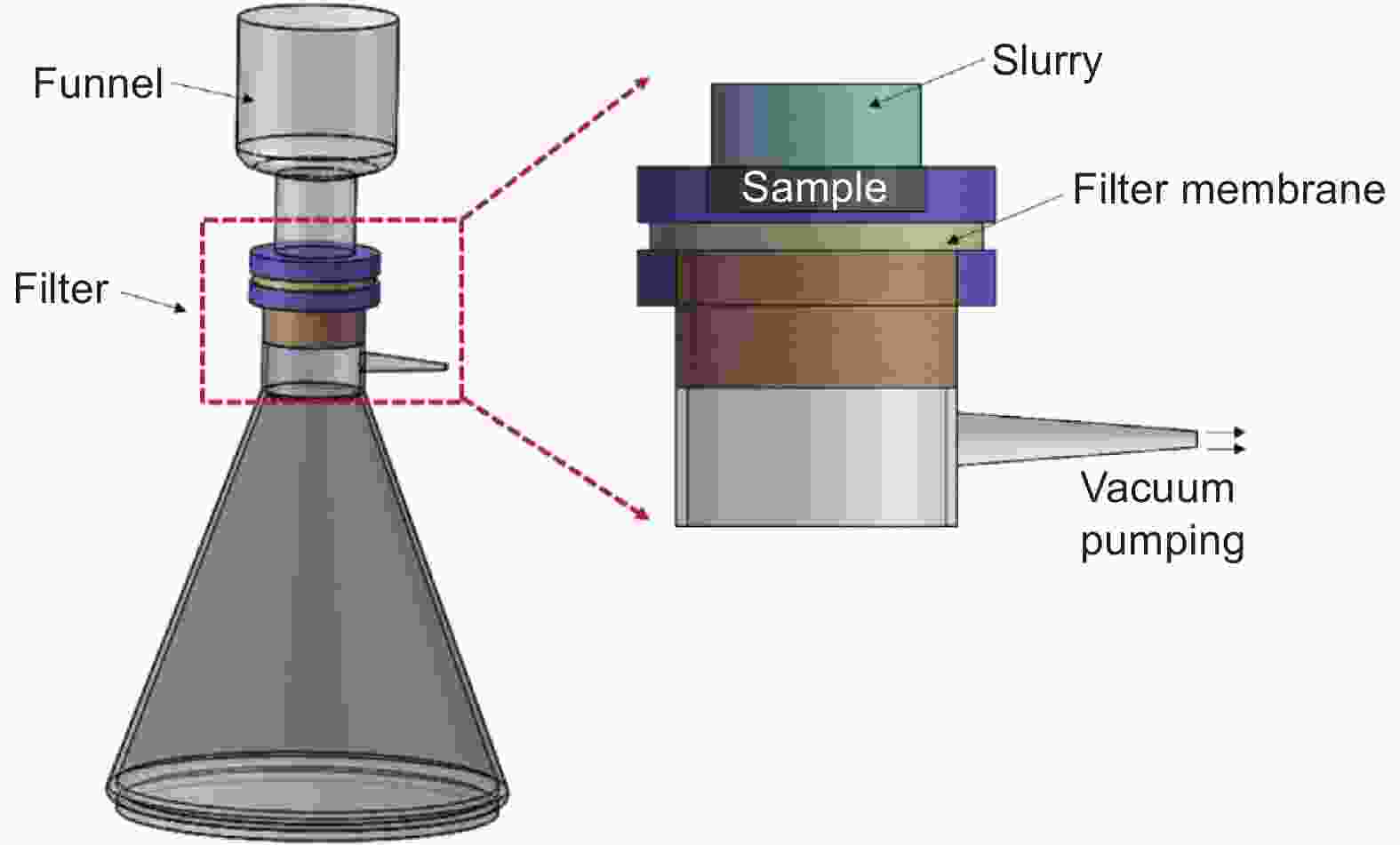
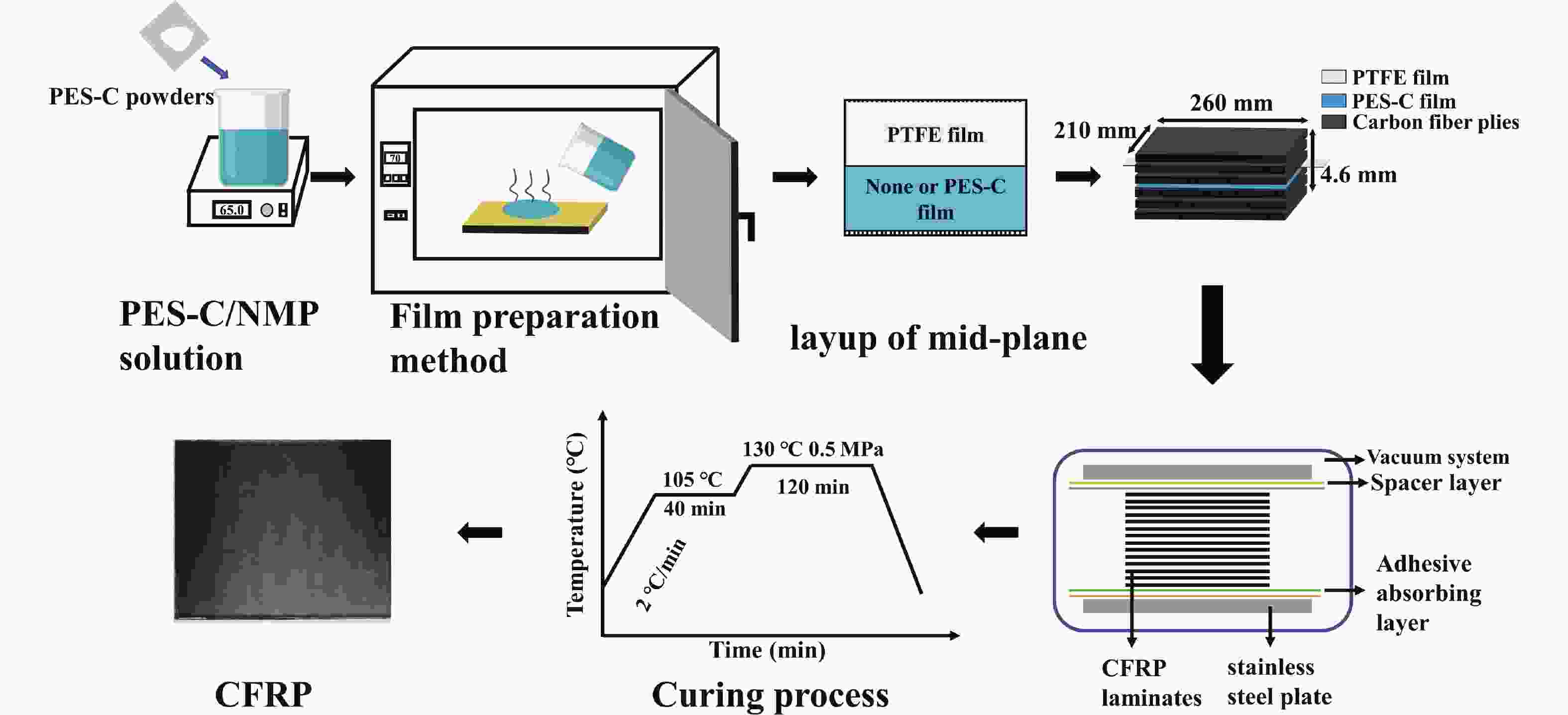
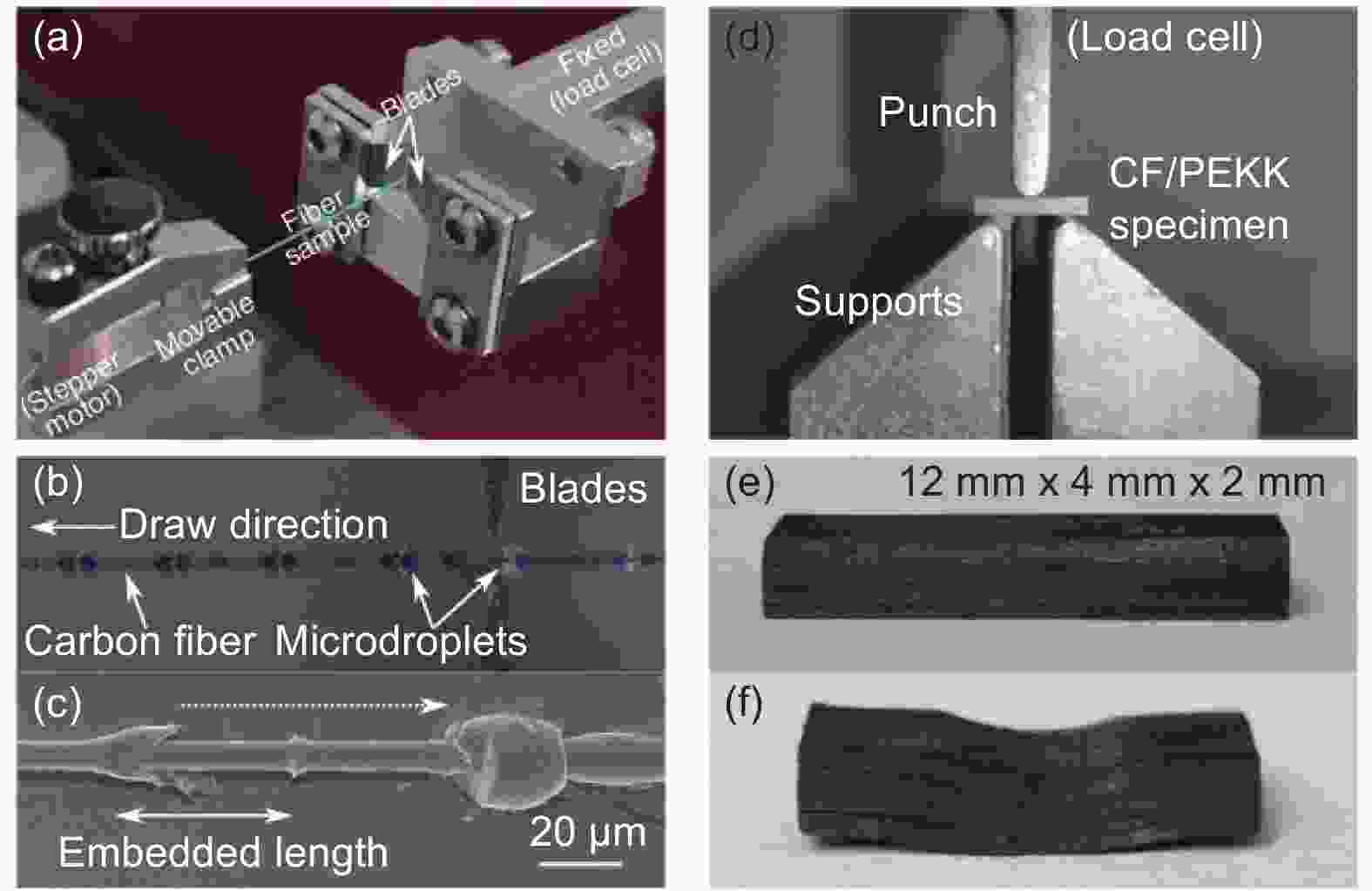
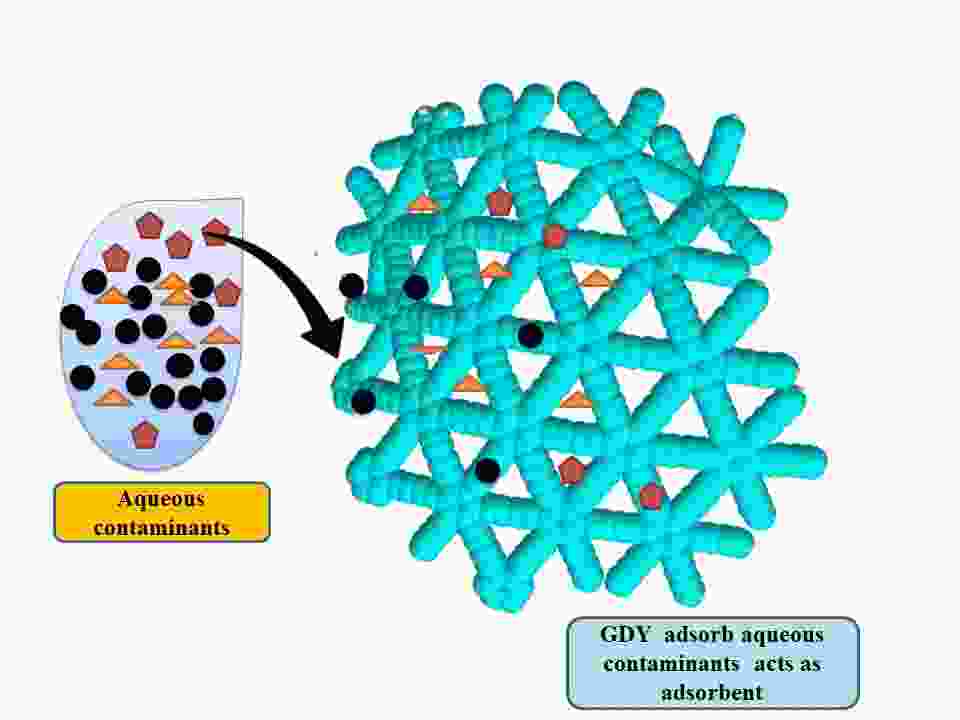
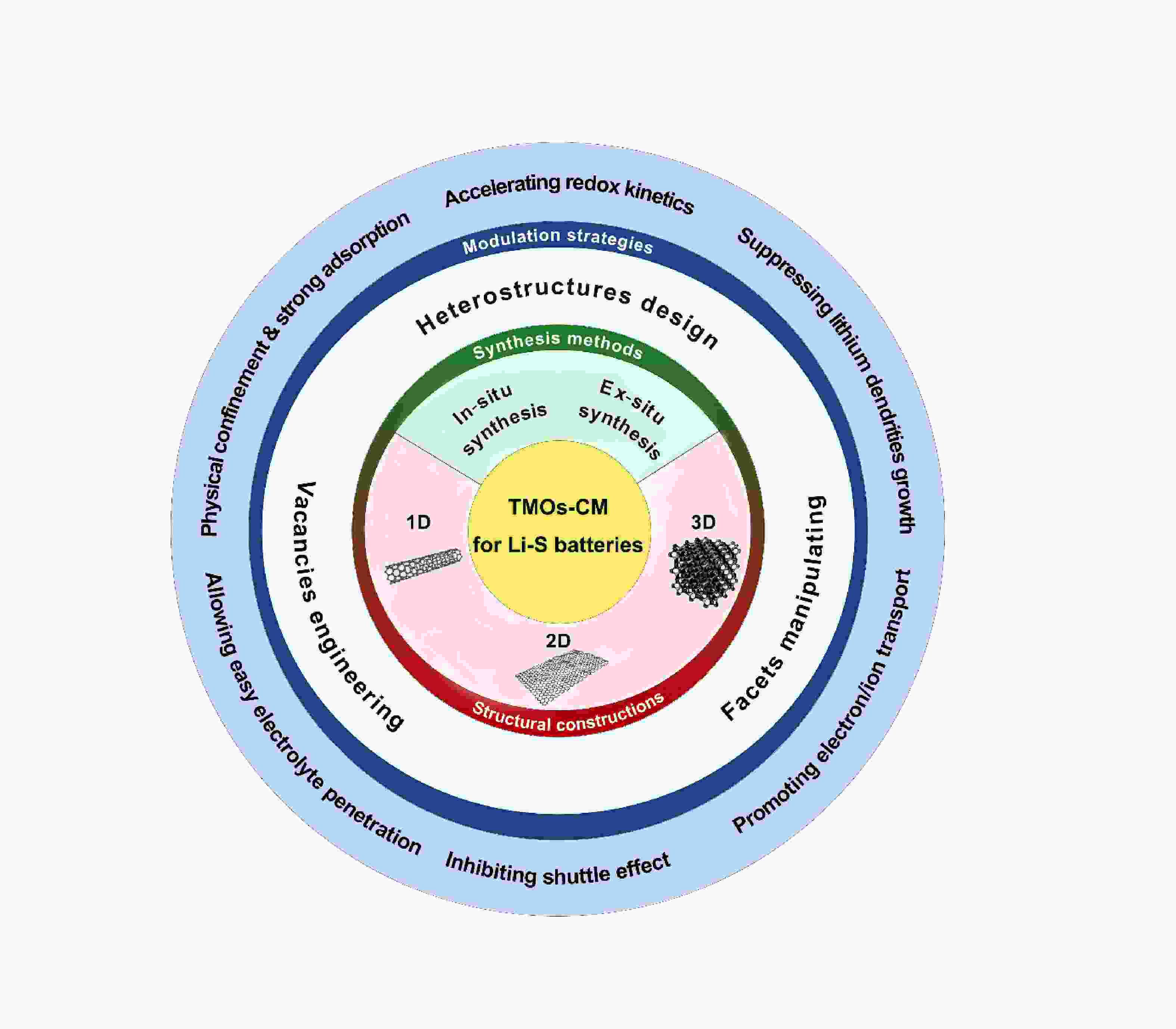
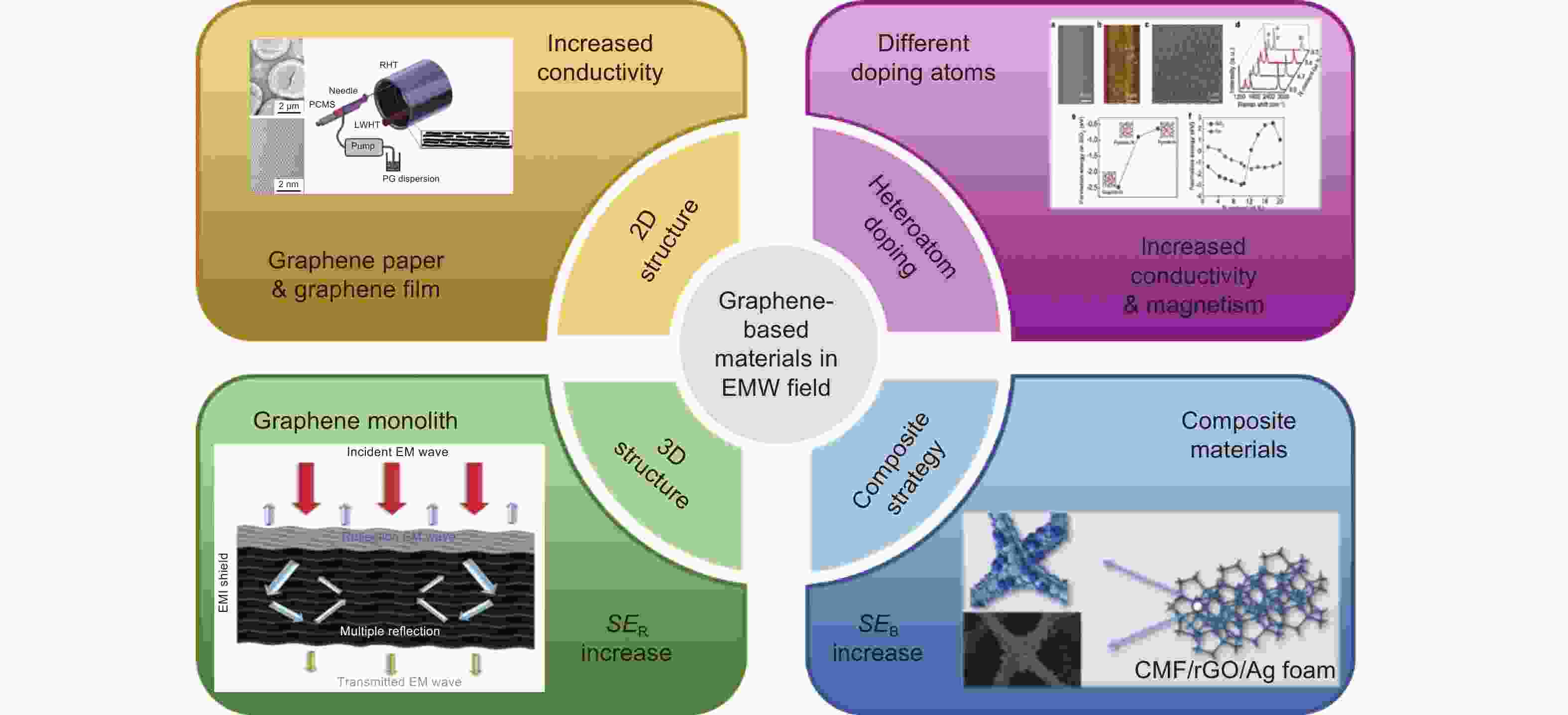
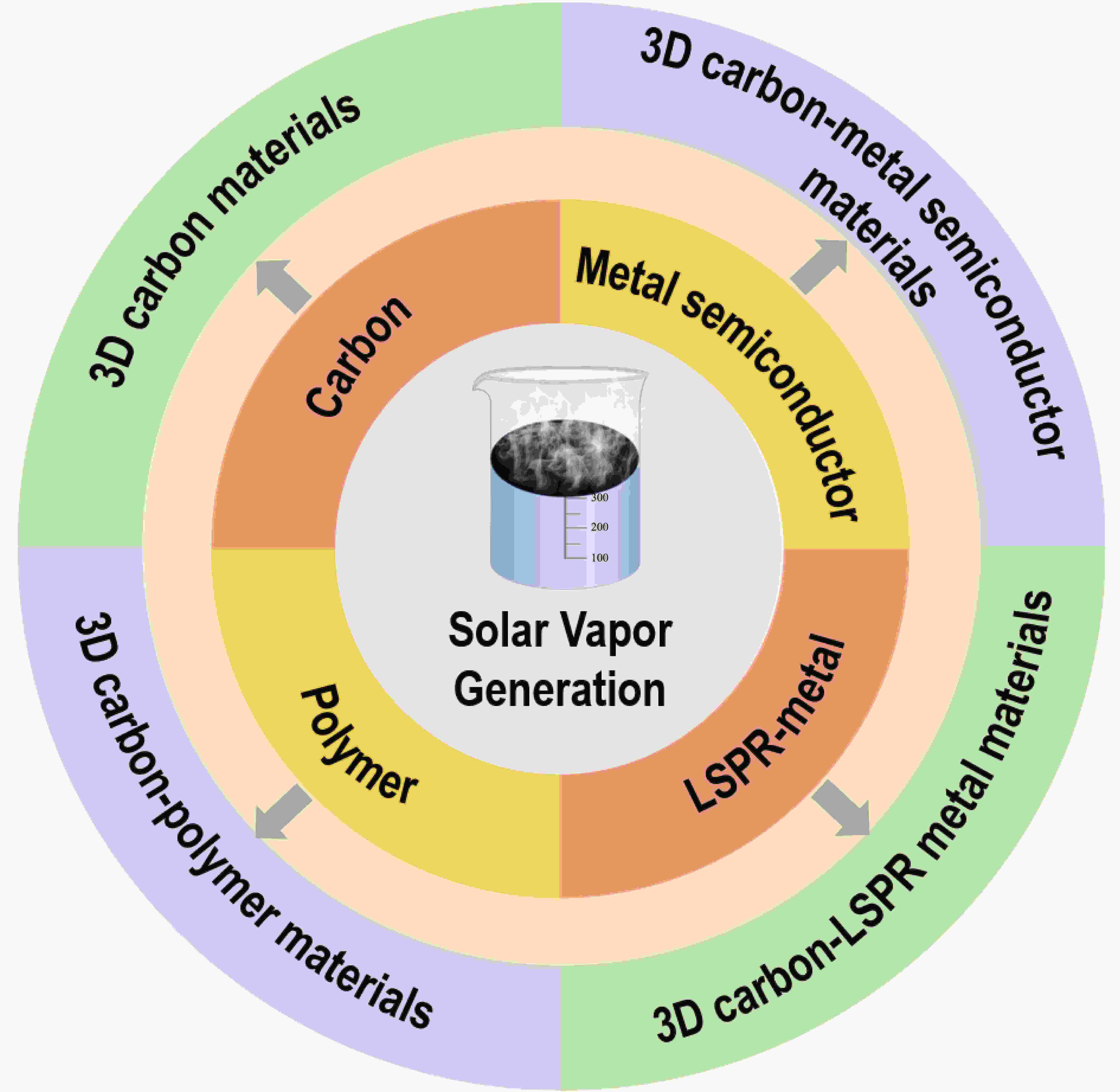
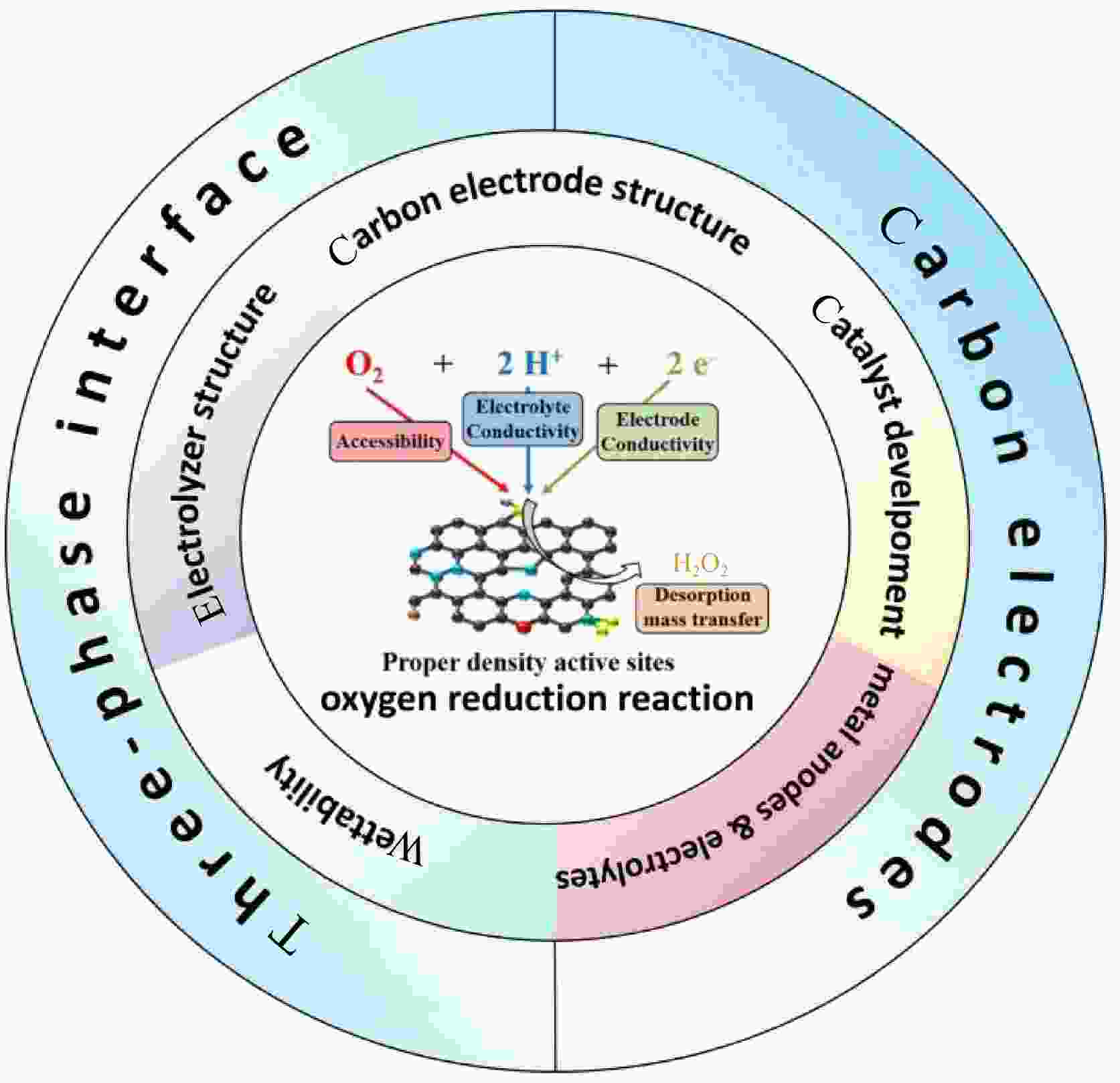
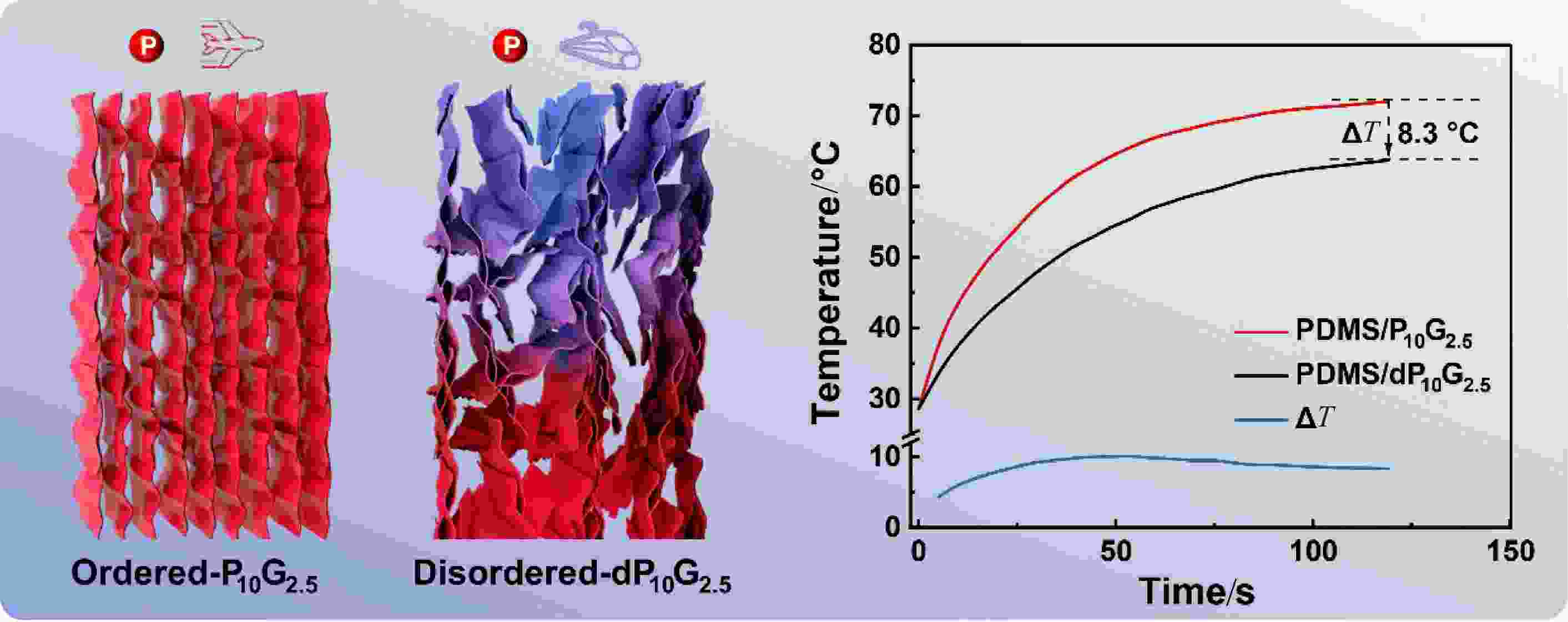
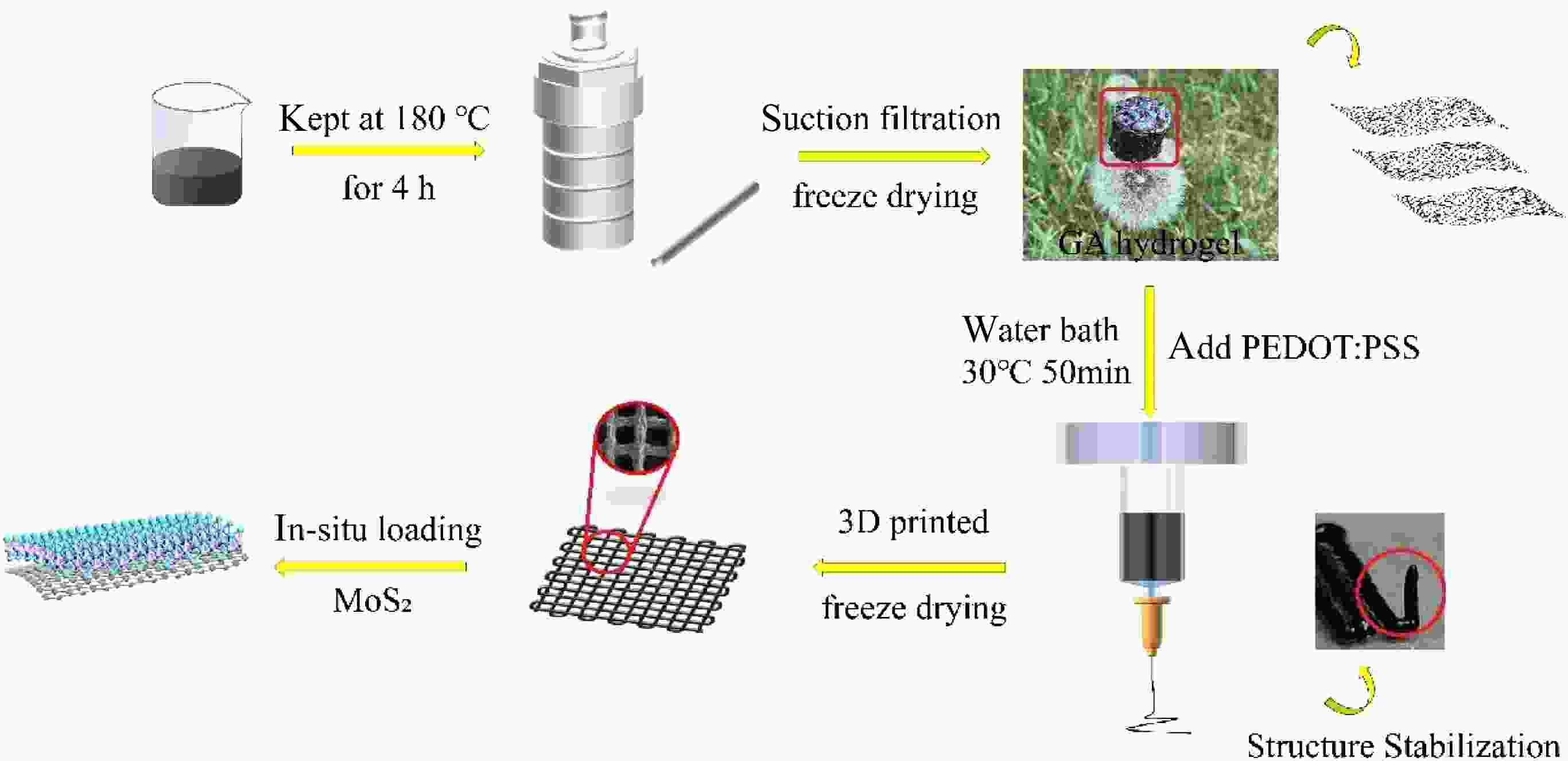
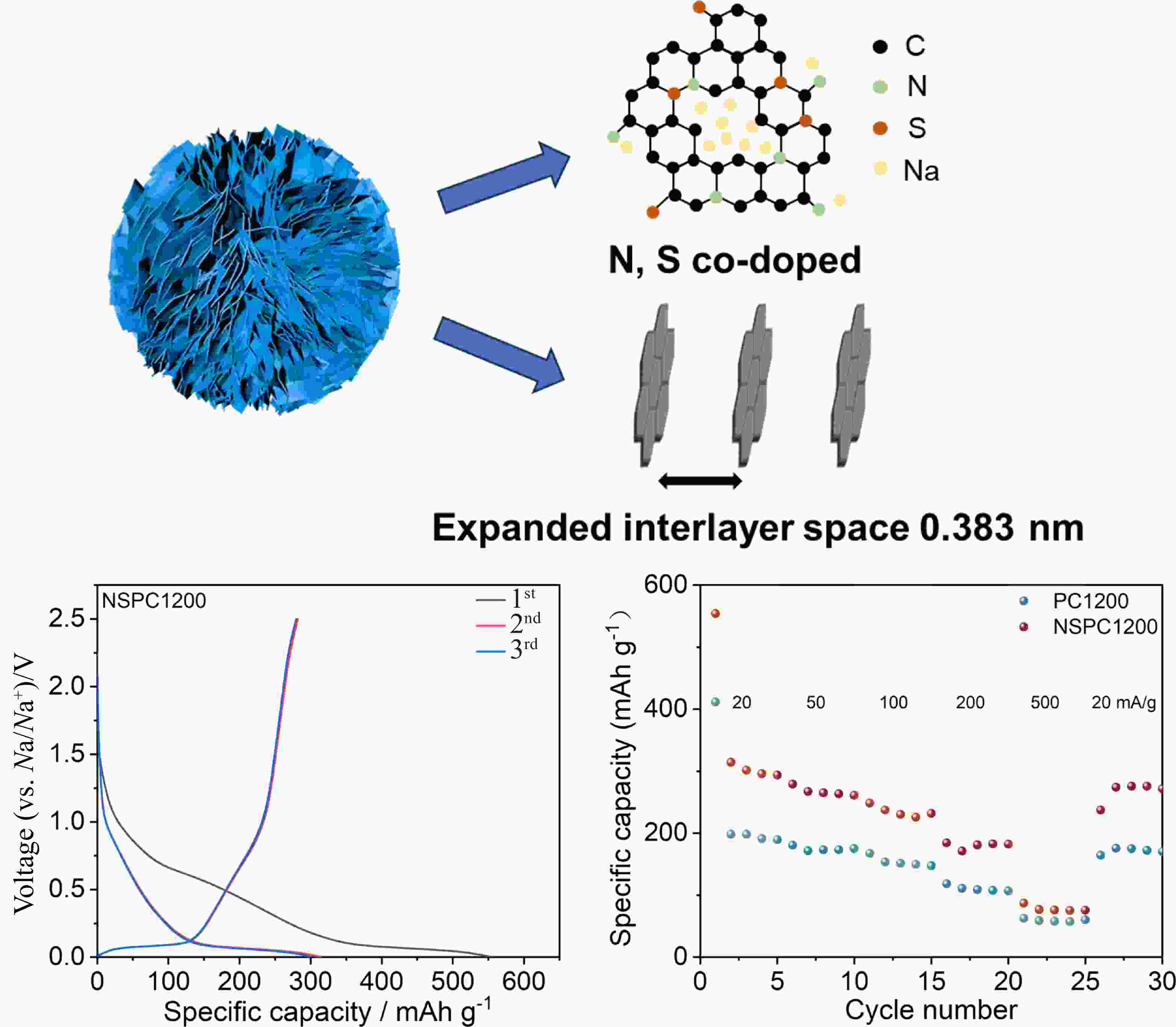
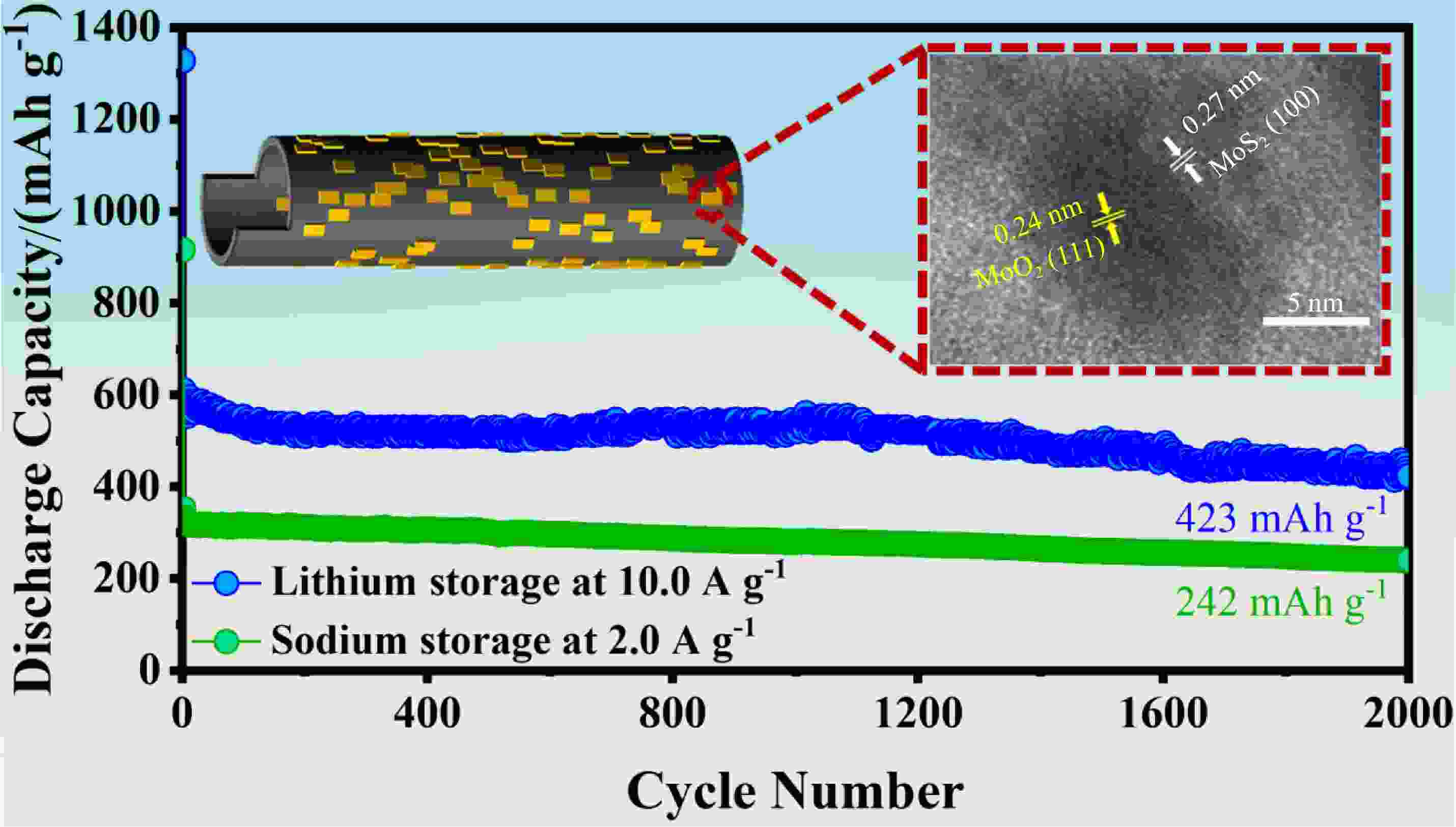
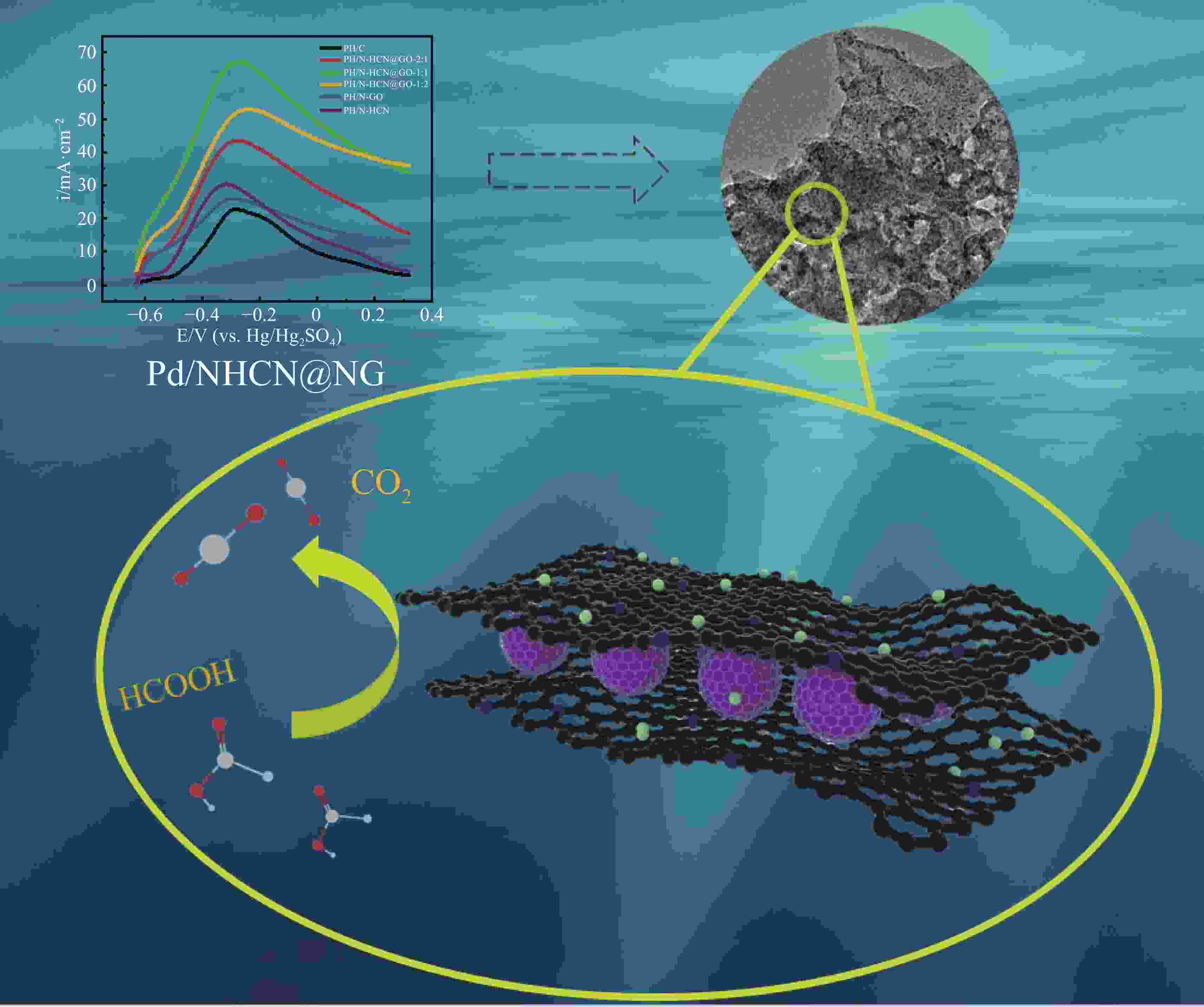

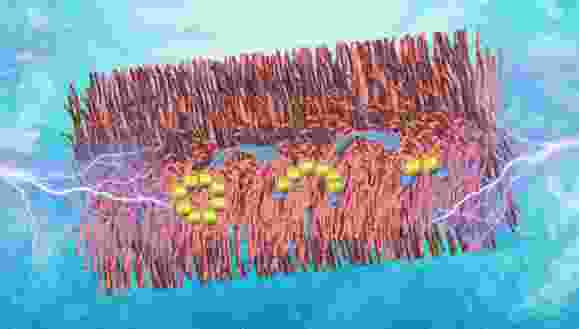
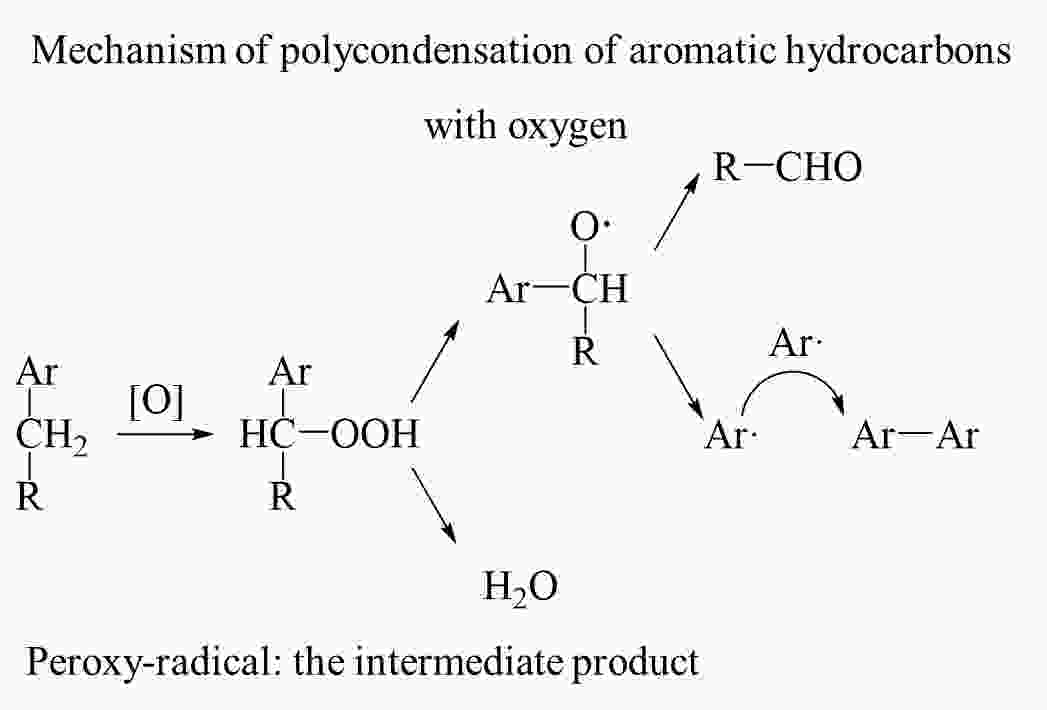


 虚拟专题
虚拟专题

 邮件订阅
邮件订阅 RSS
RSS 下载中心
下载中心 友情链接
友情链接

